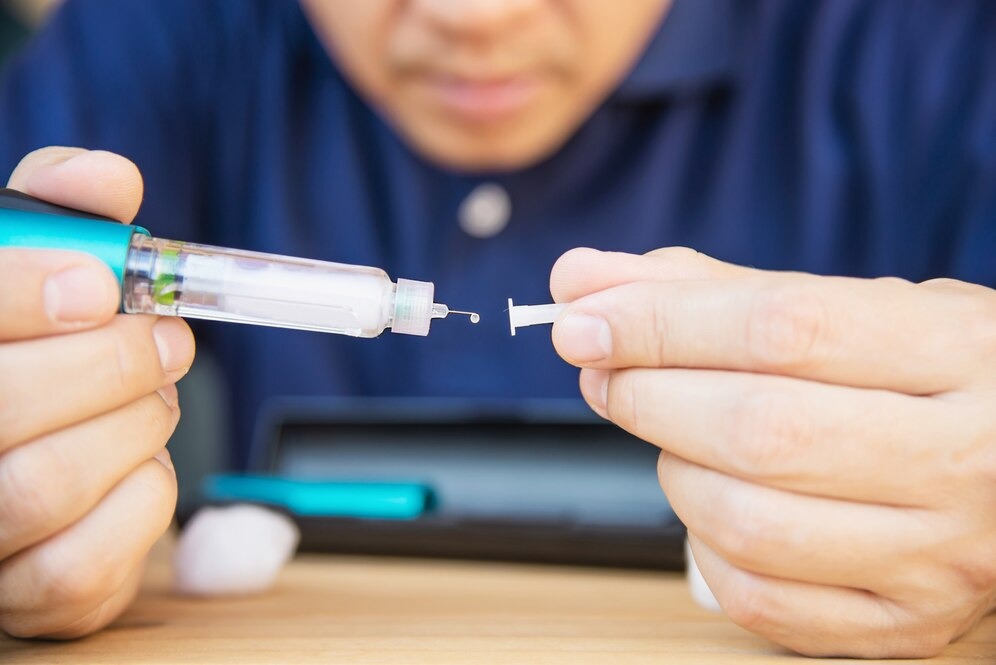This article is on the use of cortisone and ketamin injections in pain and inflammation management. The shot is popular among people with chronic illnesses. The medication comes as a relief to those who are overwhelmed by prolonged pain and swelling. Healthcare providers tend to call cortisone injections steroid shots as the containing medication is corticosteroid.
Who can take cortisone?
Cortisone injections in the South Shore are recommended for people with inflammatory musculoskeletal diseases. It is widely used in treating arthritis or tendonitis. It is also used for relieving the symptoms of bursitis and carpal tunnel syndrome. So are you someone whose quality of life is affected by such a condition?
You will also find relief if you suffer from long-term back pain and tennis elbow. Cortisone can also offer relief from trigger thumb and finger. You can also get cortisone injections for the shoulder to treat bursitis, tendinopathy, and autoimmune diseases. Millions of cortisone injections are administered every year in the United States alone.
Who can take Ketamin?
Ketamine injections are used for chronic pain conditions that have resisted conventional treatments. Candidates include those with neuropathic pain, complex regional pain syndrome (CRPS), fibromyalgia, cancer-related pain, and severe migraines. It may also help patients with depression or PTSD. However, it’s not suitable for individuals with uncontrolled hypertension, certain heart conditions, or a history of substance abuse. A doctor’s evaluation is essential before starting treatment.
How cortisone injections work
Corticosteroid is an artificial version of the cortisol hormone that the body naturally produces. The immune system sends out special cells to kill infections and heal injuries in your body. These cells are the reasons behind inflammation. By mimicking a natural hormone, the injected corticosteroids can slow down the immune system temporarily. As the immune system slows down, inflammation and pain are lowered. Because of how it works, cortisone injections are used for any condition involving pain or swelling. So, if you have frozen shoulder, you will be given cortisone injections for the shoulder right in the area where it hurts, so brace yourself for some pain.
How ketamin injections work
Ketamine injections work by blocking NMDA receptors in the brain and spinal cord, which are involved in sending pain signals. This helps disrupt faulty pain pathways, reduce nerve sensitivity, and ease inflammation. Ketamine also affects mood-related neurotransmitters, offering both physical and emotional relief from chronic pain.
When will you start feeling the effects?
Patients tend to feel relief after 24 to 48 hours of getting the shot. Sometimes it may also take around one to two weeks to feel relief. The medication remains in the body for four to six weeks. However, the relief can last for more than that. You should remember that the relief is not permanent. Hence, you may need to continue with the treatment.
Dosage limit and side effects
Too much cortisone can cause diseases like osteoporosis. You may also face muscle loss and joint degeneration. However, localized injections are rarely known to trigger the side effects. The side effects are only faced by patients who systematically take the medicine for a long time.
Are you a diabetic person with chronic pain and inflammation? You can still take cortisone but must remain mindful of a slight rise in blood sugar levels for the first two weeks. Yet, the positive side of this is that the damage can be reversed. Side effects such as nerve damage, post-injection infections, and allergic reactions very rarely happen.
Who cannot take the injection?
You will be advised to avoid cortisone shots if you are having a fever. People who had a fever in the past seven days are also asked to postpone taking the shot. On the other hand, if you are immunosuppressed due to medications or illnesses, you must avoid cortisone injections altogether. Nursing women, pregnant females, and recently vaccinated people are also not recommended the treatment. Lastly, you should not take a cortisone injection if you have a skin condition around the injection site.
Conclusion
The population of Canada is aging very fast. The proportion of Canadians aged 65 or above is particularly high in the South Shore. The rate of chronic illness is also on the rise as the population ages. The elders and even the younger Canadians with chronic pain and inflammation can benefit from access to cortisone injections in the south shore.
Visit our home-page for more information




